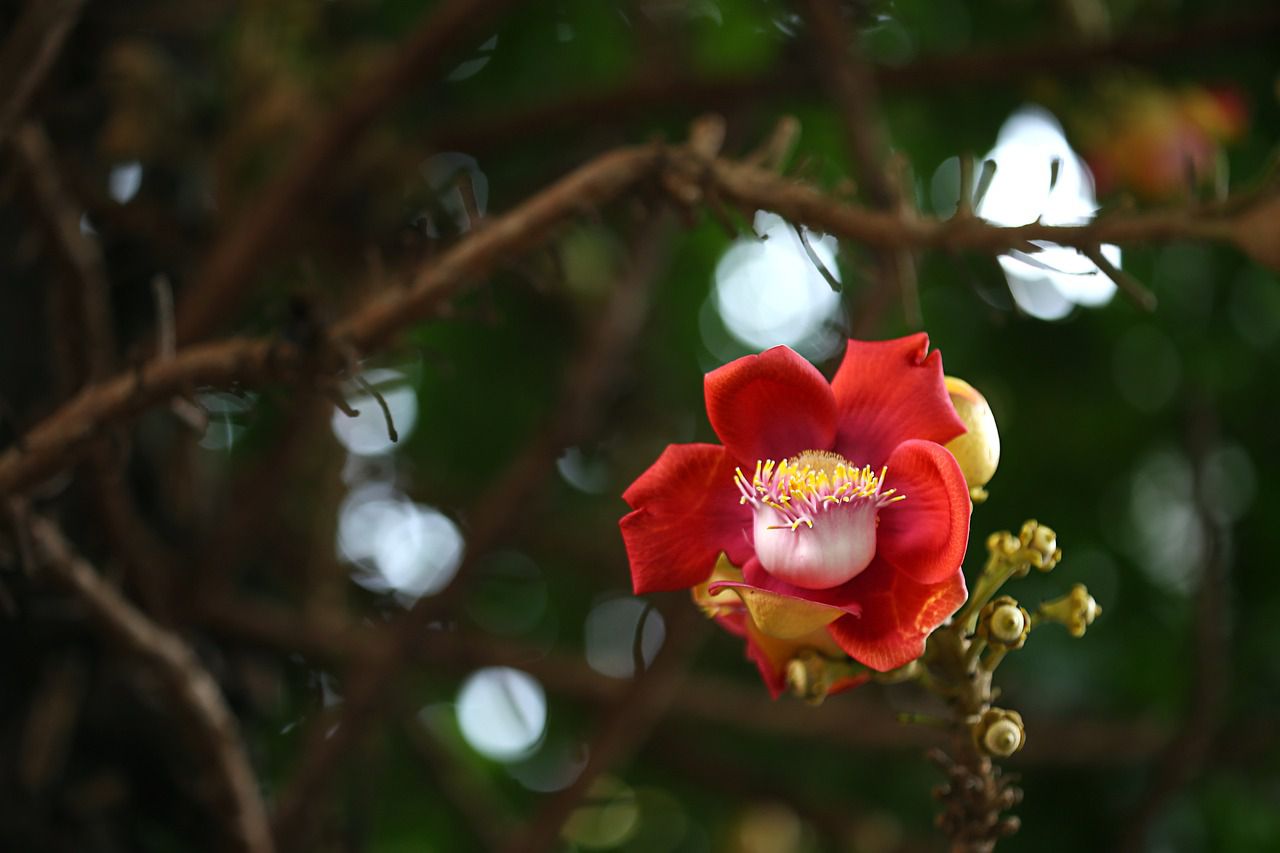Some plants are better suited for vertical gardens due to their specific growth characteristics, adaptability, and aesthetics.
Vertical gardens, also known as living walls or green walls, present unique growing conditions that require plants that can thrive in limited space and varying light and moisture levels.
Here's why certain plants are well-suited for vertical gardens.
Compact Growth Habit
Plants with compact growth habits, such as trailing, vining, or compact rosettes, are ideal for vertical gardens.
These plants can grow upward without taking up excessive horizontal space.

Shallow Root Systems
Vertical gardens often have limited soil depth.
Plants with shallow root systems are better able to anchor themselves and access nutrients and water from the available space.
Low Maintenance
Plants that require minimal care, such as infrequent watering and pruning, are preferred for vertical gardens.
They help reduce the maintenance demands of the installation.
Drought Tolerance
Some vertical gardens may experience uneven watering or drying out faster due to their vertical orientation.
Plants that tolerate drought conditions can withstand periods of reduced moisture.
Light Adaptability
Different parts of a vertical garden may receive varying levels of light.
Plants that can adapt to both low and bright light conditions are essential for a balanced and attractive display.
Climbing or Trailing Varieties
Climbing plants with tendrils or aerial roots can attach themselves to support structures and grow upward.
Trailing plants naturally cascade down, adding depth to the vertical garden.









